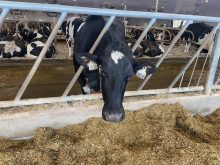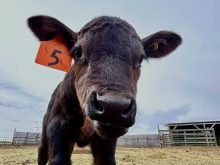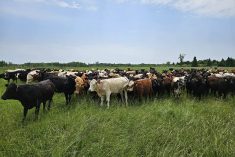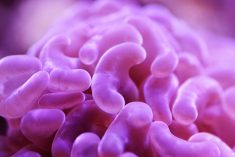When consulting with their veterinarian on the best treatment for scours, producers shouldn’t forget the necessity of proper hydration.
While the right treatment for scours will vary based on its cause, giving electrolytes as part of any treatment plan is crucial to the calf’s recovery, according to a study from Lakeland College.
“I think the best thing that we can do for treating scours in calves is to make sure that they’re well hydrated because in the cases of things like viruses and cryptosporidium, if you can keep them alive long enough for their own immune system to deal with it, they have a much better chance of recovery,” said Brenda Ralston, RDAR research scientist in livestock health at Lakeland College in Vermilion, Alta.
Read Also
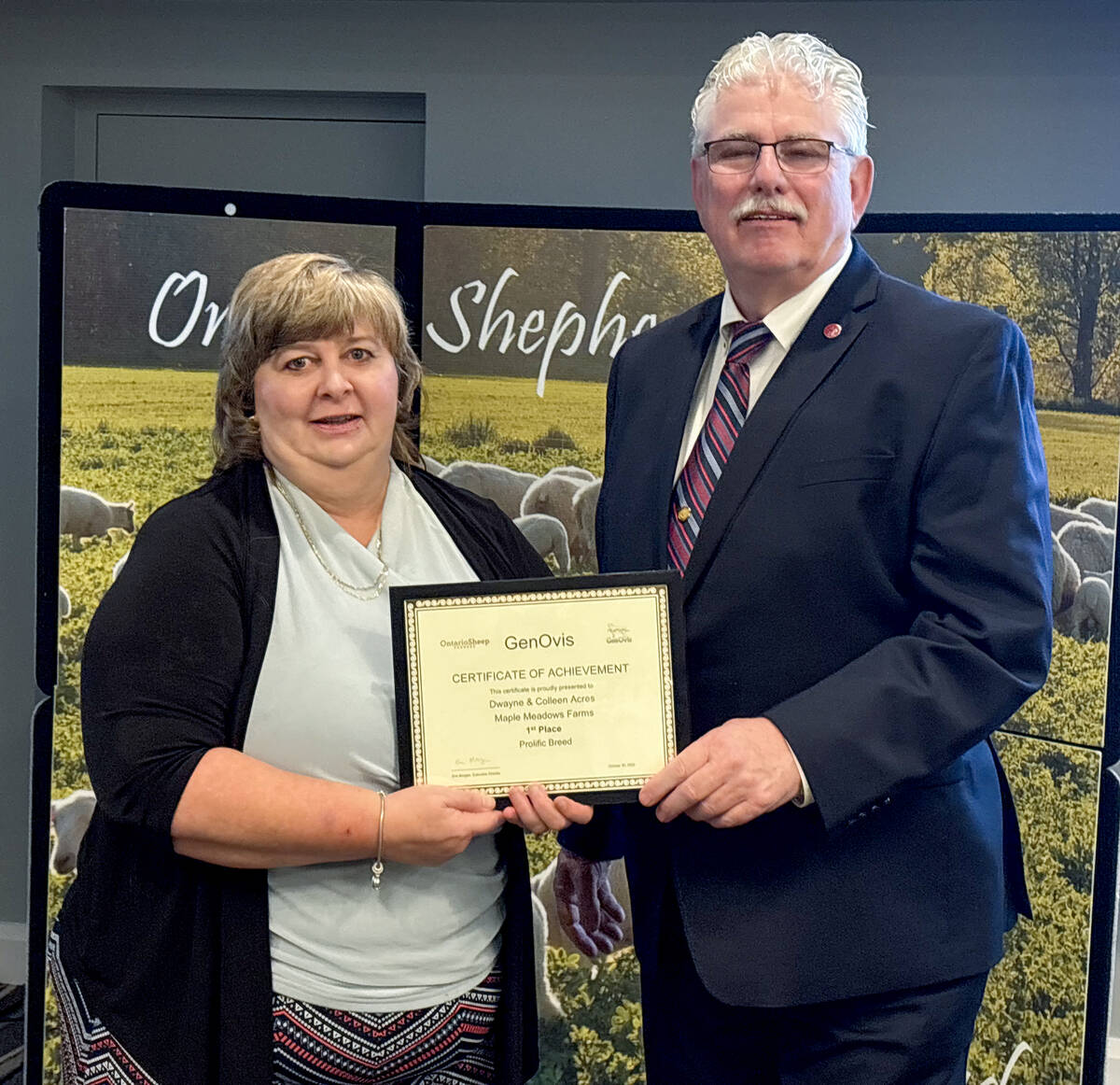
GenOvis awards presented at Ontario Sheep Farmers’ annual meeting
Producers and youth were recognized for their contributions during the Ontario Sheep Farmers’ annual GenOvis and leadership awards.
From 2019-21, Ralston and other researchers at Lakeland College, Chinook Contract Research and Alberta Veterinary Laboratories conducted a study comparing antibiotic and non-antimicrobial treatment of scours in calves. The study was funded by the Canadian Agricultural Partnership and Alberta Milk.
The calves used in the study were from a calf feedlot, sourced across the Prairie provinces, and many were dairy calves or beef-on-dairy. The calves were all younger than two weeks, selected to ensure they did not have fevers or pneumonia and had mild to moderate levels of diarrhea.
As part of the study, the researchers tried to determine the cause of scours in each calf.
“A lot of these calves had either cryptosporidium, which is a parasite, so antibiotics have no effect on that, and they also had corona and rotaviruses, so not bacterial infections where you would prescribe antibiotics,” said Ralston.
“But there are producers out there that do treat scours with antibiotics, so we wanted to see whether or not there was some value to that.”
The calves were split into three treatment groups, with 100 head in each group. The first treatment group was given oral charcoal paste; the second was given the charcoal paste and an antibiotic treatment; and the third was given an antibiotic treatment.
Every calf in the study was given oral meloxicam to provide comfort by mitigating pain, as well as electrolytes.
Interestingly, the study found no statistical differences between the three treatment groups.
“The time for the calves to resolve their diarrhea was not statistically different, the morbidity and mortality wasn’t different and the fecal score … didn’t differ between the three groups,” said Ralston.
What the study did show, however, was the importance of using adequate electrolytes as part of a calf’s treatment plan.
“Anything you can do to encourage them to stay well hydrated so that their organs are functioning to their maximum capacity, (and) if you can give them some pain mitigation … and the quicker you can get them back on to feed, is the gold standard,” she said.
“Whatever you can do to bring those together, I think, is the treatment of choice.”
Ralston does caution that above all, producers need to work with their veterinarians to discover the cause of scours and find the appropriate treatment for their situation. When scours are caused by bacterial infections, antibiotics could be the best treatment option.
“There can be secondary infections, so a lot of times if (scours is) caused by, let’s say, cryptosporidium, and it runs them down enough, then all of a sudden they’re open to pneumonia, and then of course it could need to be treated with antibiotics,” she said.
“So it’s really important that they keep that conversation going with their vet to figure out what’s going on.”








